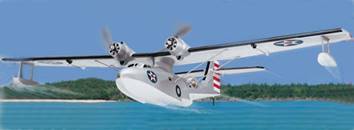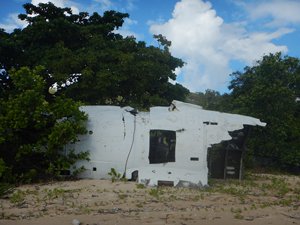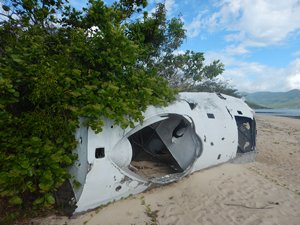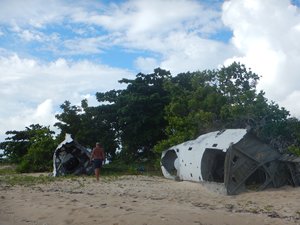Seaplane WW2 base on Great Palm Island

The US Navy decided in early 1943 to build a US Naval Air Station at Palm Island, which is located off the Queensland coast north of Townsville. It was to have facilities to allow it to operate and overhaul seaplanes and patrol boats. Palm Island is the largest of a number of small islands. The island covers approximately 23 square miles. With the exception of a few small areas, the terrain is very rugged from the water's edge. The US Naval Air Station overlooked a large stretch of sheltered water in Challenger Bay, which was ideal for flying boat operations. Two officers and 122 enlisted men of Company "C" of the 55th Seabee Construction Battalion left Brisbane on 6 July 1943 to start construction of the Palm Island Naval Air Station. They learnt how to play baseball while they were on Palm Island. A short time later a similar detachment left Brisbane with 1,500 tons of construction material.
The Seabees constructed a 1,000 man camp at Wallaby Point on the Island. Concrete flying boat ramps to the ocean were constructed along with a large tarmac parking area for up to 12 flying boats. Moorings for 18 flying boats were provided in Challenger Bay and work was commenced on 3 nose hangers. The Seabees obtained coral aggregate from coral reefs at low tide to manufacture concrete. A Tank Farm was constructed which could hold 60,000 barrels of aviation fuel. They installed steel rail lines which used to launch the PBY Catalinas back into the water. These steel rails have now almost totally disappeared, either rusted away or covered with sand. By 23 September 1943, large numbers of operational and maintenance personnel began to arrive to commission the US Naval Air Station. The majority of the facilities were finished by this time.
|








